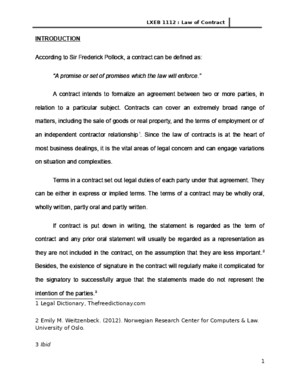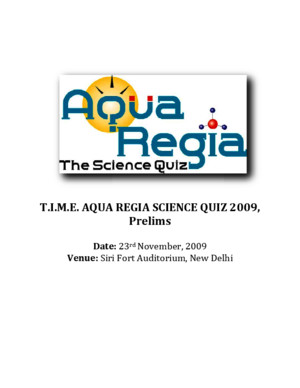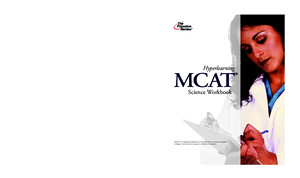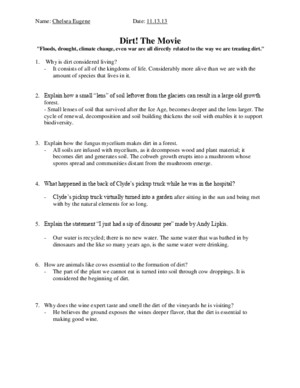Earth Science Quiz
There is document - Earth Science Quiz available here for reading and downloading. Use the download button below or simple online reader.
The file extension - PDF and ranks to the School Work category.
Tags
Related
Comments
Log in to leave a message!
Description
Download Earth Science Quiz
Transcripts
1 Copyright © 2015 Pearson Education, Inc Quiz 2 Earth Science, 14e (Tarbuck/Lutgens) Name:__________________________ Chapter 2 Matter and Minerals 1) Which of the following best defines a mineral and a rock? A) A rock has an orderly, repetitive, geometrical, internal arrangement of minerals; a mineral is a lithified or consolidated aggregate of rocks B) A mineral consists of its constituent atoms arranged in a geometrically repetitive structure; in a rock, the atoms are randomly bonded without any geometric pattern C) In a mineral the constituent atoms are bonded in a regular, repetitive, internal structure; a rock is a lithified or consolidated aggregate of different mineral grains D) A rock consists of atoms bonded in a regular, geometrically predictable arrangement; a mineral is a consolidated aggregate of different rock particles 2) Which electrons are responsible for most chemical bonding? A) outer electron shell because these electrons can be readily exchanged with adjacent atoms B) innermost electron shell because the electrons can be transferred to the nucleus C) middle electron shell because they are intermediate in distance between the nucleus and the adjacent atom that bonds with the atom D) Any electron can exchange with adjacent atoms to form a bond; there is no preference 3) One significant difference between an ionic bond, where electrons are taken from one atom and added to another atom, and a covalent or metallic bond, where electrons are shared, is ________ A) ionic bonds are stronger than covalent or metallic bonds B) ionic bonds produce ions but covalent and metallic bonds do not produce ions C) ionic bonds make a material more malleable than covalent and metallic bonds D) ionic bonds do not result in the attraction of oppositely charged atoms, but covalent and metallic bonds do 4) The strong tendency of certain minerals to break along smooth, parallel planes is known as ________ A) streak B) cleavage C) cracking luster D) habit 5) The most unreliable (variable) diagnostic property of minerals such as quartz is ________ A) hardness B) habit C) specific gravity D) color 2 Copyright © 2015 Pearson Education, Inc 6) Which two elements combine to make most of the common rock forming minerals in the crust? A) carbon and oxygen B) nitrogen and oxygen C) silicon and oxygen D) silicon and nitrogen E) carbon and nitrogen 7) The most common group of silicates is ________ A) feldspar B) quartz C) mica D) granite 8) Which common mineral is composed entirely of silicon and oxygen? A) calcite B) diamond C) olivine D) quartz 9) What kind of time span is required to produce most mineral deposits? A) 1-100 years, or about a human life span B) tens of thousands to millions of years C) billions of years D) We have no way of knowing this, but most were formed at the same time as the Earth True or False 10) An atom with 30 protons always has 30 neutrons and 30 electrons 11) Chemical compounds retain most of the characteristics of their constituent elements 12) The micas, biotite and muscovite, both exhibit one direction of cleavage 13) Cleavage is related to the internal structure of a mineral 14) Diamond and quartz are both minerals composed of a single element 15) Many metals are extracted from ores that contain sulfide minerals
Recommended















